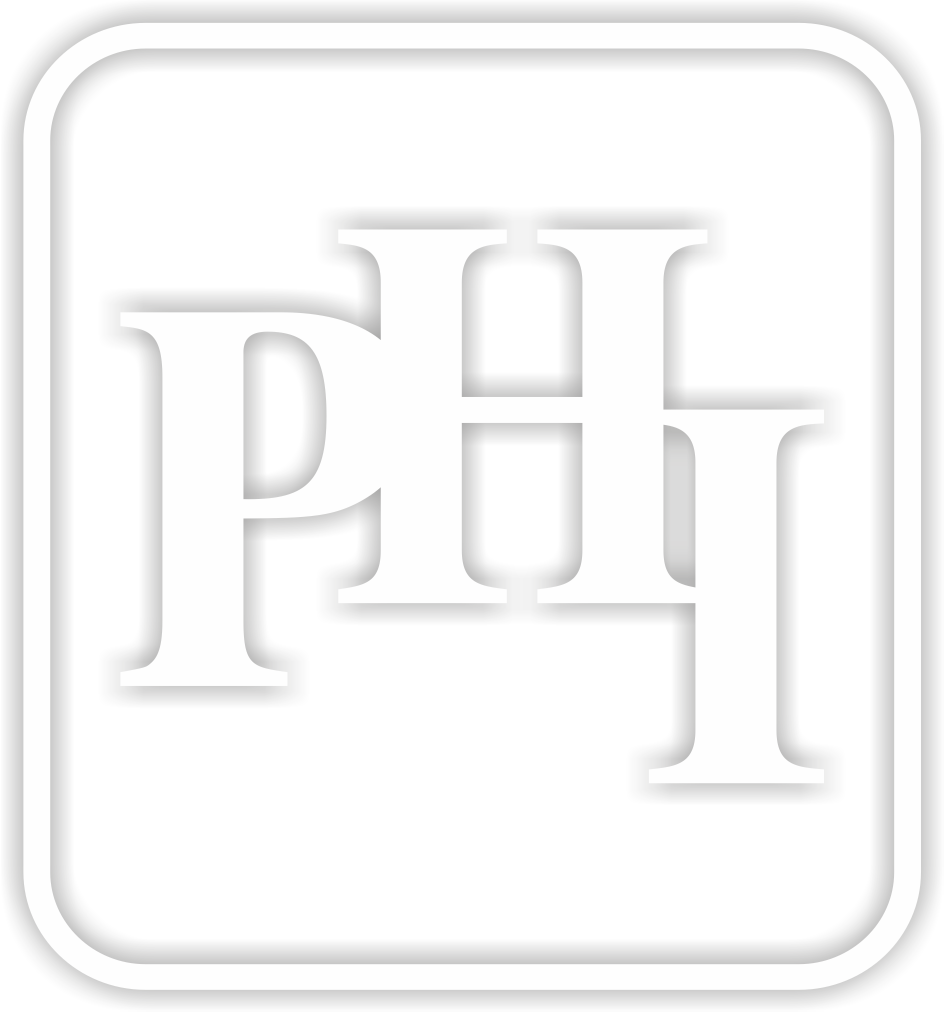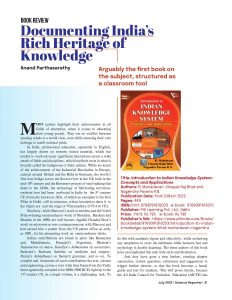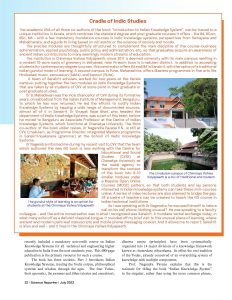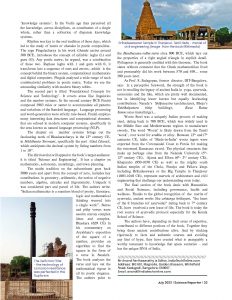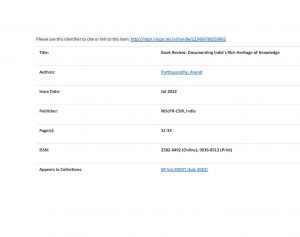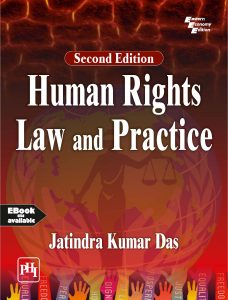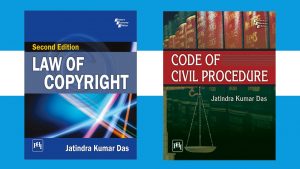Among Shakespeare’s most famous dramatic works, Julius Caesar portrays a true historical account, depicting the assassination of Gaius Julius Caesar, one of history’s most famous conquerors, and the ensuing civil war. As a pivotal figure in transforming the Roman Empire, Caesar’s political career and military victories, particularly in the Gallic and Civil Wars, made him an iconic leader. However, his assassination remains a topic of intense debate and intrigue, with scholars and historians offering various theories regarding his downfall.
Some theorists claim Caesar’s arrogance toward the Senate and his manipulation of elections led to his tyrannical reputation, causing discontent among the Roman elite. As these doubts about Caesar’s fairness grew, many lost faith in his leadership, believing he was undermining the integrity of the Roman democratic system. Despite previous plots against Caesar, a conspiracy of at least seventy men, including Marcus Junius Brutus, Gaius Cassius, and Decimus, ultimately led to his assassination.
Historians have identified multiple signs that could have foreshadowed Caesar’s tragic death. A Greek inscription predicted that a descendant of Capys would be murdered by his own kin, and Caesar’s wife, Calpurnia, was plagued by disturbing dreams foretelling his demise. The political intrigue and mystery surrounding Caesar’s assassination have captivated historians and audiences for centuries. The combination of Caesar’s significance as a ruler and the dramatic nature of his death continues to intrigue and inspire audiences.
While many literary portrayals of historical events contain inaccuracies for dramatic effect, Shakespeare’s Julius Caesarremains relatively faithful to historical truths, though not without its fictional elements. For example, the famous line “Et tu, Brute?” was invented by Shakespeare. Additionally, the scene in which a soothsayer warns Caesar of his impending death on the Ides of March is not historically accurate. Despite these fictionalized moments, Shakespeare’s account is largely seen as a representation of the historical events surrounding Caesar’s assassination.
Shakespeare’s portrayal of these events also emphasizes the human element of history, revealing the uncertainty and complexity of the historical figures involved. The characters in the play are brought to life with flaws, such as jealousy, selfishness, and suspicion, which make their motivations and actions more relatable and human. The political unrest and struggles for power depicted in the play mirror the chaos and uncertainty of real-life societies. This reflection of human nature highlights the political conflicts that shape the course of history.
Find Your Affordable Academic Textbooks with PHI Learning
Interested in exploring Shakespeare’s Julius Caesar in greater depth? Look no further than PHI Learning’s Shakespeare Plays Series! Our affordable academic textbooks provide students and educators with high-quality resources that help to unravel the complexities of these timeless works. Here’s what you can expect from PHI Learning’s Shakespeare editions:
- Meticulously edited full texts of Shakespeare’s plays, complete with annotations and expert commentary.
- Well-designed pages that ensure easy readability for students of all levels.
- Thoughtful introductions that provide context and background information.
- Thorough explanatory footnotes that clarify difficult passages and references.
- Act and scene summaries for better understanding.
- Concise plot summaries that help students grasp the main themes of each play.
- Critical essays that explore major themes, perfect for students writing academic papers or conducting literary analysis.
Our Shakespeare Plays Series is designed to be an excellent academic resource for students studying literature and drama, providing insights into Shakespeare’s work in a clear, accessible format. Whether you’re an educator or a student, these affordable textbooks are a must-have for anyone seeking to dive deeper into the world of Shakespeare.
For more information about PHI Learning’s Shakespeare Plays Series, visit our Shakespeare plays web page.
For detailed information on Julius Caesar by William Shakespeare, visit the book details page here.
Explore our range of academic textbooks designed to make learning affordable and accessible to all. With PHI Learning, you can be assured of high-quality, expertly curated academic texts that enrich the learning experience for students, teachers, and academics alike.
